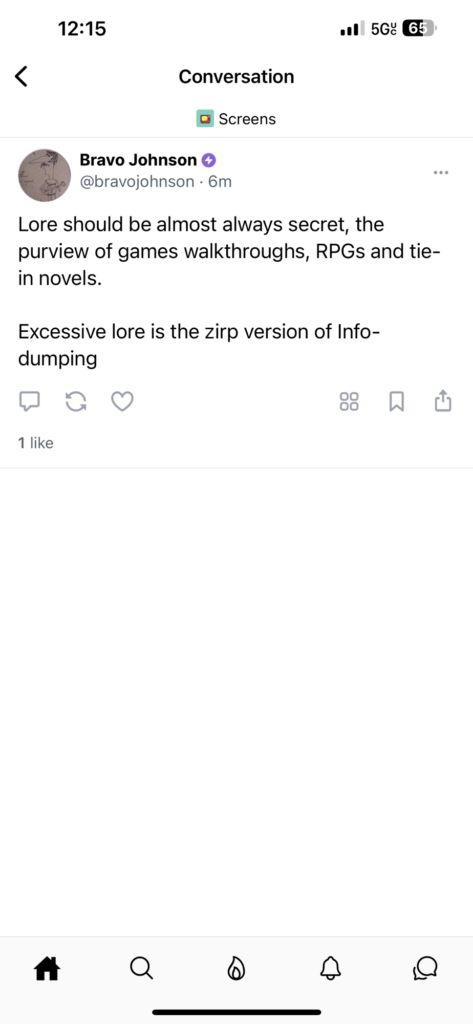Spanish Politicians Sound Like Dubbing Actors
In this hyperreal political landscape, Spanish politicians reach for the ghosts of Hollywood actors, not the grounded reality of their constituents. Their voices become simulacra of charisma, a hollow echo of a manufactured ideal.
This isn’t about embodying the gravitas of a statesman; it’s about mimicking the seductive power of a Hollywood persona. They crave a kind of spectral celebrity, a manufactured aura divorced from the messy realities of governing.
This aspiration betrays a deep alienation from the people they supposedly represent. They don’t seek to connect, to resonate with the lived experiences of their voters. Instead, they yearn to be beamed down from a celestial Hollywood sign, a pre-packaged image of power and influence.
The danger here is that politics devolves into a kind of reality TV show, a competition for the most captivating performance. We, the public, become a passive audience, judging their delivery and charisma rather than engaging with the substance of their ideas.
This is a further descent into the simulacrum. We lose sight of the real actors in the political drama – the citizens themselves. The simulation becomes the only reality, a dazzling spectacle that entertains but ultimately leaves us powerless.
This is not mere dubbing, for the original, the authentic politician, has vanished. We are presented with a pre-packaged image, a meticulously crafted persona voiced by a thousand others. Their speeches, pre-written and focus-grouped, resonate with the hollow echo of pre-recorded conviction.
They become Baudrillard’s simulacra – copies without originals. Their gestures, practiced in front of mirrors, their passionate pronouncements delivered with practiced theatricality, all contribute to the illusion of authenticity. We, the audience, become passive consumers of this political spectacle, unable to discern the real from the simulated.
This is a world where political discourse is consumed like a dubbed foreign film. The words may seem urgent, the emotions melodramatic, but beneath the surface lies a chilling emptiness. The simulation becomes the entirety, leaving us with a gnawing suspicion that the true issues, the unvarnished debates, remain forever out of reach.
Absolutely. In the Baudrillardian framework, these politicians aren’t just voiceless actors, they reach for a specific archetype – the Hollywood simulacrum.
They crave a kind of mythic, universal appeal, a voice that transcends regional dialects and speaks the language of power through the manufactured charisma of Hollywood. This is a deliberate attempt to erase their groundedness, their connection to a specific electorate. They aspire to a disembodied stardom, a politics of pure image unmoored from the messy realities of representation.
The danger here is the further erosion of the already-fragile link between the people and their representatives. By embodying the Hollywood simulacrum, they remove themselves from the realm of relatability and accountability. They become not leaders, but celebrities in a simulated political drama.
